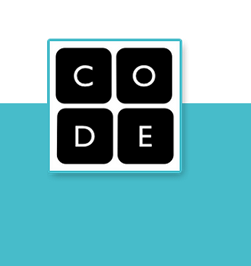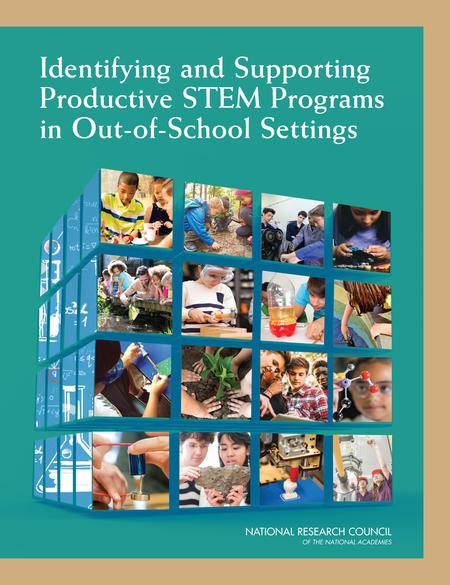Resources included in these libraries were submitted by ITEST projects or STELAR and are relevant to the work of the NSF ITEST Program. PDFs and/or URLs to the original resource are included in the resource description whenever possible. In some cases, full text publications are located behind publishers’ paywalls and a fee or membership to the third party site may be required for access. Permission for use must be requested through the publisher or author listed in each entry.
Defining Scaling for your Project | ITEST PI Meeting 2022
VideoDetermining Sufficient Evidence to Scale| ITEST PI Meeting 2022
VideoConceptualizing a Scale-up Proposal | ITEST PI Meeting 2022
VideoToward a Unifying Social Cognitive Theory of Career and Academic Interest, Choice, and Performance
PublicationThis article presents a social cognitive framework for understanding three intricately linked aspects of career development: (a) the formation and elaboration of career-relevant interests, (b) selection of academic and career choice options, and (c) performance and persistence in educational and occupational pursuits. The framework, derived primarily from Bandura′s (1986) general social cognitive theory, emphasizes the means by which individuals exercise personal agency in the career development process, as well as extra-personal factors that enhance or constrain agency. In particular, we
Social Cognitive Career Theory at 25: Empirical Status of the Interest, Choice, and Performance Models
PublicationSocial cognitive career theory (SCCT) consists of five interrelated models. Its original models focus on the determinants of educational and occupational interest, choice, and performance (including persistence) (Lent, Brown, & Hackett, 1994). A fourth model is aimed at satisfaction and other aspects of well-being in academic and career-related settings (Lent & Brown, 2006a, 2008), and the fifth model highlights processes whereby people manage common developmental tasks and uncommon challenges across the career lifespan (Lent & Brown, 2013). Each of the models seeks to integrate relevant
Nature, Importance, and Assessment of Interests
PublicationResearch has provided substantial information about the properties of interests, but has not provided an answer to the basic question: What are interests? Identifying the essence and origin of interests and developing precise definitions of interests have been elusive tasks. Extant theories of career development and vocational interests, that describe the function of interests, hint at but do not directly address the more fundamental question of what interests are.
Career Development and Counseling: A Social Cognitive Framework
PublicationPeople’s work possibilities and developmental trajectories are affected by many variables, including their personal attributes (e.g., interests, abilities, values), learning and socialization experiences, and the resources, opportunities, and barriers afforded by their environments. Occupational paths are forged not by any one of these forces, but rather by the complex interactions among them.
National Q-12 Education
PublicationQuantum education at the K-12 levels is just getting started. Currently, the Q-12 community is focused on developing both informal and formal learning opportunities for teachers, students, and families. That encompasses new lessons, events, free access to quantum technologies, and information about careers. This site will provide information on educational resources and careers in this exciting area of STEM.
Changing Expectations
Curricular Materials
Identifying and Supporting Productive STEM Programs in Out-of-School Settings
Publication